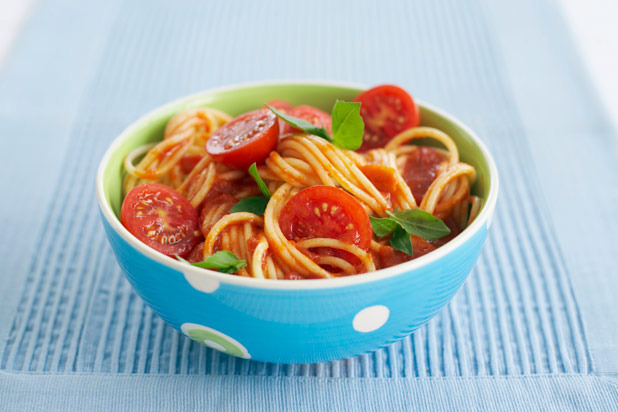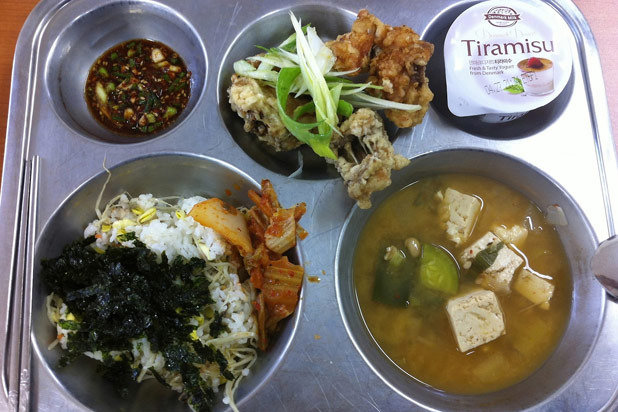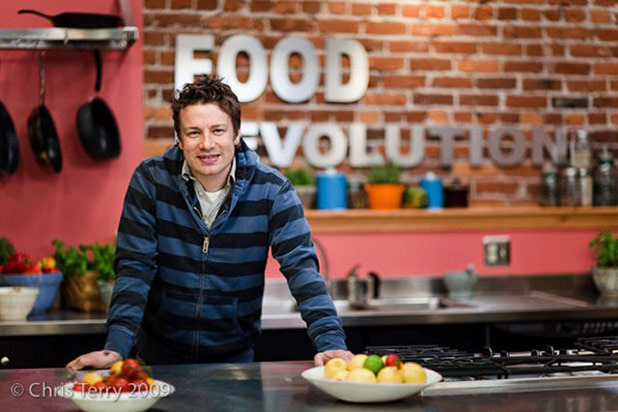What School Lunches Look Like Around The World (Slideshow)
Considering the variety of beans native to South America, it is no surprise that legumes feature heavily on Brazilian school lunch menus. School lunches are actually served cost-free and, as in Italy, there is a focus on serving local, sustainably farmed produce, with the beans often accompanied by locally sourced greens and fruits, such as bananas.
China
In Chengdu, the capital of the Sichuan province in China, meals at universities are served up on sterling silver trays and cost two to three dollars. The lunches are primarily rice-based, complemented by vegetables, a type of protein (often fish or tofu), and sometimes soup, providing a healthy and affordable option to students. A typical meal consists of tomato and eggs, mapo dofu (bean curd with a spicy peppered sauce), cauliflower, and chiles served with a heaping pile of rice.
Colombia
In Colombia, lunch is considered the biggest and most important meal of the day. Whether children finish classes before the lunch hour and head home to eat or stay in school a full day and dine there, the menu is relatively the same. It typically consists of a soup, rice and beans, protein, a vegetable, fried plantains, and fresh fruit juice. Sometimes grilled or fried arepas, (delectable corn cakes either stuffed with cheese or served solo) may also accompany the meal.
Finland
Finland was the first country in the world to serve school lunches for free, and offering healthy lunches is considered a major priority. Some schools offer vegetarian options for those who choose not to eat meat, as well as other special-diet meals such as gluten- or dairy-free — all for free. Lunch guidelines, established in the 1990s, specify the proportions of vegetables, proteins, and starch to be served. A favorite among school lunches is hernekeitto, a green pea soup flavored with smoked pork, traditionally served on Thursdays with a dessert of pancakes. In Finland, kids (and adults) also often drink milk with their school lunch.
France
The French provide four-course meals that many in the U.S. would consider "gourmet" for lunch. These meals typically consist of a light leafy starter, a main dish with vegetable, a cheese course, and fresh fruit or sweet treat for dessert. The fare always varies but not the quality, as the food and eating habits of these little developing palates are taken very seriously.
India
While lunch at cafeterias is not common among schools in India, students do bring their own homemade lunch boxes, mainly consisting of roti (a type of flatbread), a leafy vegetable, and curried lentils and rice — a balanced and relatively healthy meal. Unfortunately, this is offset by some school cafeterias that often serve tempting snacks such asbatatavada (round deep-fried potato and crumbs) and medhu vada (a doughnut-shaped fried grain and lentil mixture), which are popular among students.
Italy
Italy is famous for its rich, naturally flavorful fare, and Italian students get to enjoy the best of sustainable food, with most organic ingredients locally sourced. The focus is primarily on carbs, usually pasta or risotto, and a fresh serving of salad, with meat and fish featuring on the menu several times a week, though not daily. In addition to enjoying a nice meal, students also learn about sustainable farming and organic foods in school.
Japan
Traditional Japanese school lunches, known as kyuushoku, are very healthy, consisting of rice, fish (usually grilled), and vegetables, with the occasional appearance of tofu and nori (seaweed), complemented by fruit and a carton or glass of soymilk. Bento boxes —split into perfect portions of nutritious lunch components — are common in both schools and offices. Occasionally, schools also serve Western-style lunch options.
Kenya
Lentils and beans provide a good alternative protein source to meat, and githeri, a Kenyan staple, is served in schools around the country. This is a stewed mixture of dried beans and corn, sometimes given additional nutritional value by meats, greens, and potatoes.
Malaysia
With Malaysia's unique location and culturally diverse background, students get to choose from an array of lip-smacking dishes with Malay, Chinese, Indian, and Thai influences in their school canteens, from curry soups to dal and everything in between. Lunch is also commonly brought to school by students and usually consists of rice or noodles as the main dish, a fresh fruit or vegetable, and a drink.
Mexico
In Mexico, the school day is based around the large and leisurely traditional lunch served at home in the late afternoon, so students typically only take snacks to school to tide them over. Types of snacks include ham and bean sandwiches, fruit, and chilaquiles, which are a mixture of fried tortilla chips, cheese, and salsa. Those who don't pack something to nibble on bring pesos to purchase snacks during recess. The high obesity rate in Mexico is a grave concern and has lead country officials to ban many junk foods and sodas from school grounds.
Norway
Norwegian students bring packed lunches to school. The most common main dish is an open-face sandwich made with cheese, salami, or liver spread. Since there are no canteens, the schools do not provide full lunches, but they do offer milk, water, yogurt, and fruit. Some schools even provide fruit for free as a mid-morning snack.
Pakistan
In Pakistan, students typically tote home-cooked lunches to school. What is unique about them is not the chicken nuggets, breads, noodles or rice included in the packed lunch, but that the school leaders scour lunch bags to check for stashed snacks. They also contact parents if they are not satisfied with its contents and encourage sending healthier food options.
South Korea
Sectioned steel trays in schools in South Korea are filled in a specific way, with the larger sections traditionally composed of rice, kimchi (fermented cabbage), and soup, and the smaller sections holding vegetables and meat. As in Japan, at times schools here also add Western-style lunch options to the spread.
Thailand
Thailand is recognized by the World Food Program as having one of the most nutritional and successful lunch programs in Asia. Schools work to provide free well-balanced meals that include significant sources of iron, iodine and vitamin A to offset nutritional deficiencies found in this particular rice based diet. Through the program, the country's high level of malnutrition in rural areas has significantly dropped. This is a typical meal consisting of chicken, egg, green beans, and rice makes for a balanced healthy option
Ukraine
Lunch for students in Ukraine is primarily meat-based. Usually the meal starts off with a soup such as traditional Ukrainian borscht, which is a mixture of beets, vegetables, and meat. This is followed by more meat in the form of sausage or cutlets served with potatoes or other starch such as buckwheat. The meal is normally then topped up with biscuits, pancakes, or syrki — a dangerous-sounding dessert made with chocolate-covered cream cheese.
United Kingdom
Before Jamie Oliver went to the United States to tackle the issue of school lunches, he fought the issue in his native United Kingdom, successfully bringing major reforms. Macronutrients are now taken into consideration, and while deep-fried items are still allowed, they're limited to twice a week. Fizzy drinks, chocolate, or sweets in vending machines are banned in some U.K. schools, and students instead enjoy healthy servings of corn or peas, rice, potatoes, or bread, and any lean protein, such as fish or lean meat.
